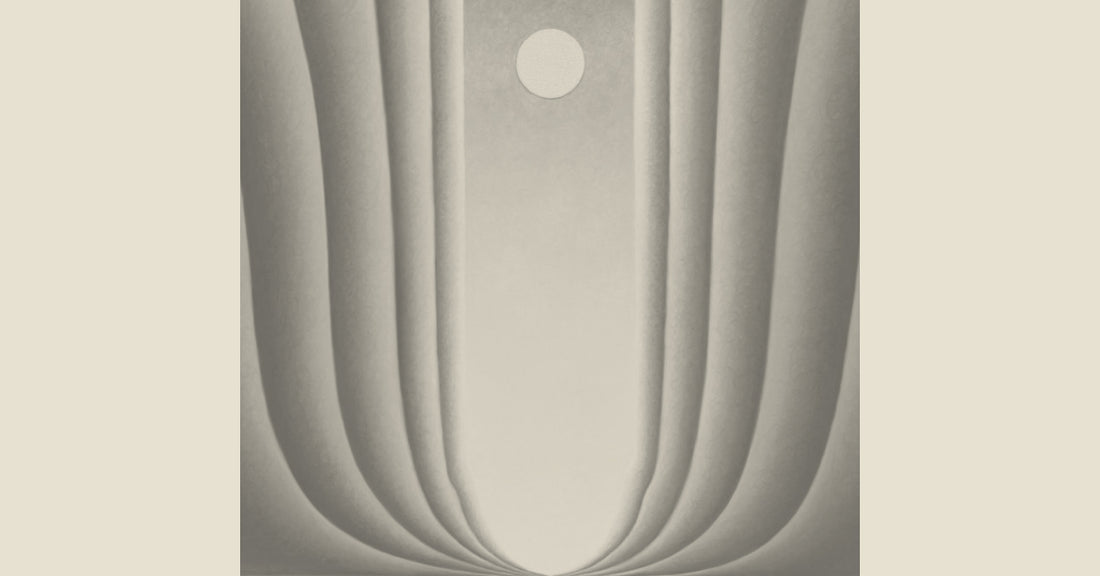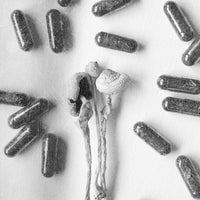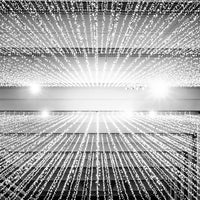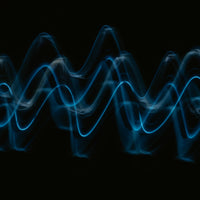If you’ve had a deeply healing entheogenic experience, the phrase “psychedelic medicine” probably makes perfect sense to you. If you haven’t, it might sound as absurd to you as “medical crack” or “vodka therapy.”
However, as the evidence mounts, the masses are swiftly warming up to the concept of entheogenic healing. Study after study is confirming that psychedelic compounds can facilitate dramatic improvement in neuropsychiatric conditions such as depression, anxiety, addiction and PTSD.
Ironic, isn’t it? Substances that have long been thought to cause brain damage and psychiatric disorders may do just the opposite. Entheogenic psychoplastogens like DMT, ketamine, LSD, psilocybin and MDMA appear to repair the atrophied neurons that have been found in the prefrontal cortices of people with mood disorders and/or compromised cognition.
While some people might consider it a bonus that these psychoplastogens make you trip balls, it goes without saying that some would prefer to get their mental and physical healing minus the telepathic conversations with alien mantis beings. Thus, scientists are on the hunt for the entheogenic equivalent of CBD: trip-less psychedelic medicine.
The Rise of Psych Lite
Along with conducting trials of LSD microdosing as a treatment for Alzheimer’s Disease, the life science company Eleusis has been working to develop trip-less LSD analogs for the treatment of inflammation and of ailments like asthma and arthritis. There’s also a drug development company called Algernon Pharmaceuticals (yes, a curious choice of name), which has been testing the ability of non-hallucinogenic doses of DMT to help repair the brain from the damage of a stroke. These trials build upon prior testing which indicated that DMT can help rats recover from brain injury.
Some researchers are using a device called psychLight to search for “decaf” psychedelic compounds. PsychLight’s sensor glows when it detects a hallucinogenic compound making changes to a brain cell receptor called Serotonin 5-HT2A. (The hallucinogenic, anti-inflammatory, neuroplastogenic and behavioral properties of psychedelics can all be traced back to their interactions with this receptor.) The use of psychLight has led to the discovery of AAZ-A-154, a non-hallucinogenic psychedelic molecule that shows promise in treating depression.
In trying to tease apart the treatment from the trip, psychedelic researchers are bumping up against an inescapable question: Does the curative value of these substances come down to neurochemistry, or is the entheogenic experience inseparable from the healing?
As with most things related to psychedelics, this isn’t a black-and-white issue. Research on 5-MeO-DMT and ayahuasca has revealed a clear connection between improved mental health and the high-intensity mystical experiences that these substances occasioned in study participants. On the other hand, small doses of psilocybin (the “magic” component of magic mushrooms) that don’t produce strong psychedelic effects still appear to be effective in reducing migraines.
Non-Psychedelic Psilocybin?
So, if sub-threshold doses of psilocybin can mitigate migraine headaches, can they also help alleviate conditions like depression, anxiety and substance abuse in the same way that larger doses can?
Perhaps so. When researchers blocked its hallucinogenic effects, lab mice still stopped exhibiting depressive behavior after being treated with psilocybin. Stronger neural connections were still found in the mice’s hippocampi after the compound was administered, as is also the case when non-psychedelic antidepressants are used.
That study’s lead author told Lucid News, “The tentative conclusion of our study is that the trip is not necessary for the acute antidepressant effect.” She added, though, that the results of a test conducted on mice may not apply where humans are concerned. She also noted that it is not yet known whether the antidepressant effects of psilocybin will be as long-lasting without the psychedelic experience.
Researchers in Wisconsin are taking psilocybin therapy in a different direction: They’re giving it to sufferers of conditions like depression and anxiety in combination with midazolam, a drug that erases all memory of the trip that the psilocybin brings on. In doing so, they hope to learn whether the therapeutic value of psilocybin is dependent on the lasting memory of a psychedelic experience.
The Search for an Ibogaine Analog
Derived from the Central African iboga tree, ibogaine is a psychoactive alkaloid used to treat depression and addiction. You won’t hear too many people say they had a fabulous time on ibogaine. It’s a grueling, perilous purge that can go on for several days. Throughout the experience, the patient is unable to eat, drink or move around.
A research team led by UC Davis neuroscientist David Olsen is looking for a way to remove the thorns from the ibogaine experience while preserving the drug’s benefits. So far, the most promising thing they’ve found is a non-hallucinogenic ibogaine analog called tabernanthalog (TBG). Like ibogaine, TBG seems to promote neural plasticity, and it has been linked to a strong reduction in addictive and depressive behavior among rats and mice. It doesn’t carry the same health risks as ibogaine, and study results indicate that it is probably non-addictive.
On the other hand, the rodents used in these trials needed to be given large doses of TBG for the benefits to kick in. The need for high dosages can be a sign that a medicine has a higher-than-average amount of side effects. Olson and his team are currently looking for an ibogaine analog that is effective in smaller doses.
Medicine for the People
Skeptics such as David Yaden, an assistant professor of psychiatry and behavioral sciences at the Johns Hopkins Center for Psychedelic and Consciousness Research, feel that the healing power of entheogens is inseparable from the epiphanic experiences that they often induce. Furthermore, Dr. Yaden recently told the New York Times that even if defused psychedelic medicines are capable of boosting mental and physical wellness, he struggles “to find rationale for withholding such a meaningful experience” from patients who are not at psychological or medical risk.
Still, the development and distribution of trip-free psychedelics might go a long way in helping de-vilify these substances. After reaping the benefits of such medicines, some patients who were psychedelically averse might even be more willing to give the uncut versions of these alkaloids a try. As low-level consciousness brings us ever closer to self-extinction, anything that can help open minds and shift paradigms could be just what the doctor ordered.
Damon Orion is a writer, musician, artist and teacher based in Santa Cruz, CA. Read more of his work at damonorion.com.
Read more: Talking to Grown-Ups about Psychedelics
Read more: Organic vs. Synthetic 5-meO-DMT: The Psychedelic Toad Dilemma
Read more: This is a Mom on Ketamine



